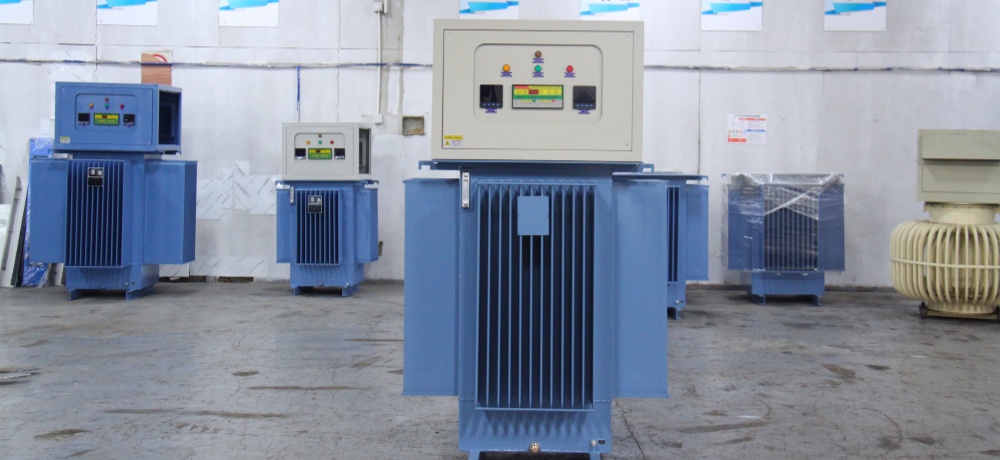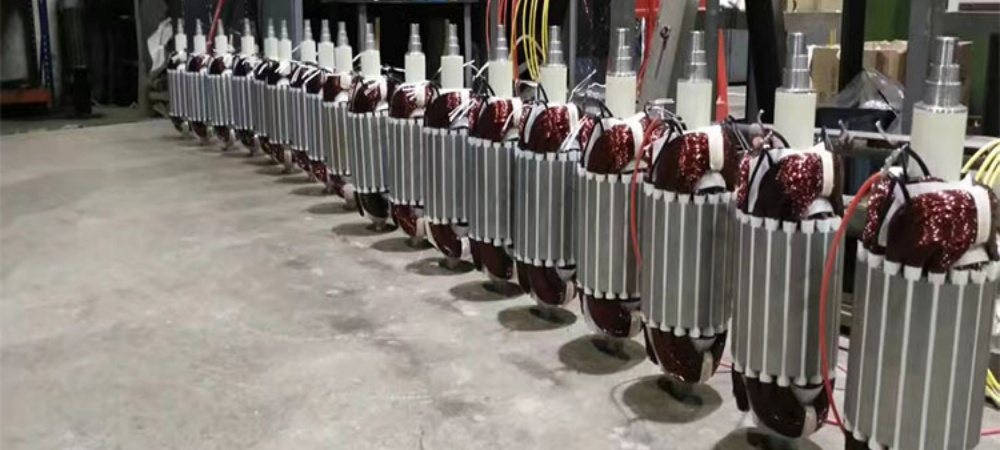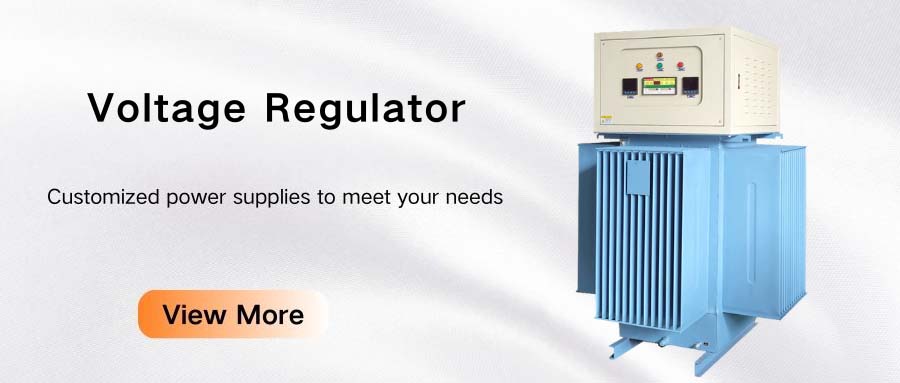What causes overvoltage in the voltage regulator
Overvoltage in the voltage regulator means that the output voltage of the voltage regulator exceeds the set rated voltage range. Here are some possible reasons for overvoltage in the voltage regulator:
1.Faulty or damaged voltage regulator: The voltage regulator itself may be faulty or damaged, resulting in the inability to control the output voltage normally. This may be caused by aging of components, excessive temperature, overload, insufficient sensitivity, etc.
2.Input voltage fluctuation: When the sudden increase or fluctuation of the input voltage exceeds the tolerance of the voltage regulator, the voltage regulator may not be able to adjust the output voltage in time, resulting in overvoltage.
3.Power line or grid problem: There may be overvoltage caused by unstable power supply or grid failure of the power line or grid, which may be directly transmitted to the input of the voltage regulator.
4.Load mutation: When the load suddenly changes, the voltage regulator may not be able to adjust the output voltage in time, resulting in overvoltage. For example, if the load is suddenly disconnected or increased, the output voltage of the voltage regulator may exceed the set value.
5.Incorrect setting of voltage regulator parameters: If the output voltage setting value of the voltage regulator is incorrectly set too high, or the overvoltage protection threshold of the voltage regulator is set unreasonably, it may cause the voltage regulator to overvoltage.
In order to solve the problem of voltage regulator overvoltage, it is recommended to check the working status of the voltage regulator, the input voltage fluctuation, the load change, and correctly set the parameters of the voltage regulator.

Solutions to overvoltage problems
1. Use transient voltage suppressor (TVS): TVS is a protection element that can respond quickly and absorb overvoltage. Connect the TVS to the output of the voltage regulator. When the input voltage exceeds the set value, the TVS will absorb the excessive voltage to protect the voltage regulator and subsequent circuits.
2. Add an overvoltage protection circuit: The overvoltage protection circuit can monitor the output voltage of the voltage regulator. When the voltage exceeds the set threshold, it automatically cuts off or reduces the power input to avoid damage to the voltage regulator and other circuits caused by overvoltage. This can be achieved through circuit components such as voltage comparators, relays or electronic switches.
3. Install current limiting resistors: Install current limiting resistors in series at the input or output of the regulator to limit excessive current flowing through the regulator. This can reduce the impact of input overvoltage on the regulator and protect subsequent circuits.
4. Adjust regulator parameters: Some regulators have adjustable output voltage and overvoltage protection settings. By adjusting these parameters, the output voltage of the regulator can be kept within the appropriate range and overvoltage protection can be achieved.
5. Use high-voltage regulators: When choosing a regulator, pay attention to choosing models with higher voltage resistance. The higher the voltage resistance of the regulator, the stronger its resistance to input overvoltage.
It is necessary to choose the appropriate method to solve the overvoltage problem according to the specific application scenario and regulator model.

How to avoid overvoltage in voltage regulators
The following methods can be used to avoid overvoltage in voltage regulators:
1.Use overvoltage protection circuits: Voltage regulators can be equipped with overvoltage protection circuits that monitor the output voltage and automatically cut off or limit the power input when the voltage exceeds the set threshold to avoid overvoltage damage to the voltage regulator and load. These overvoltage protection circuits can be based on devices such as voltage comparators, relays or electronic switches.
2. Add transient voltage suppressors (TVS): TVS is a protection element that can respond quickly and absorb overvoltage. Connecting TVS to the output of the voltage regulator can absorb excess voltage and protect the voltage regulator and subsequent circuits from overvoltage.
3. Reasonably set the parameters of the voltage regulator: According to actual needs and equipment requirements, correctly set the rated voltage range and overvoltage protection threshold of the voltage regulator. Ensure that the set rated voltage range meets the load requirements and the overvoltage protection threshold can start the protection measures in time.
4. Check and maintain the power supply system: Regularly check the status of the power lines, distribution boxes and power grids to ensure the stability and safety of the power supply system. If power supply instability or safety hazards are found, repair them in time or make necessary upgrades.
5. Choose the appropriate voltage stabilizer model: According to the power demand of the load and the working environment requirements of the voltage stabilizer, choose a voltage stabilizer model with appropriate rated voltage and overvoltage protection capability. Ensure that the voltage stabilizer can adapt to load changes and input voltage fluctuations and has good overvoltage protection capabilities.
Combined with reasonable design, correct parameter setting and appropriate protection measures, the voltage stabilizer can effectively avoid overvoltage conditions and ensure stable and safe voltage output.
IDEALPLUSING:We focus on the research and development, sales and services in the fields of DC-DC power modules, AC-DC rectifier modules, DC-AC inverters, AC power supplies, DC power supplies, LED power supplies, chargers, rectifier systems, etc., providing personalized, efficient, reliable and cost-effective power solutions for all walks of life.
Thank you for considering our services.







